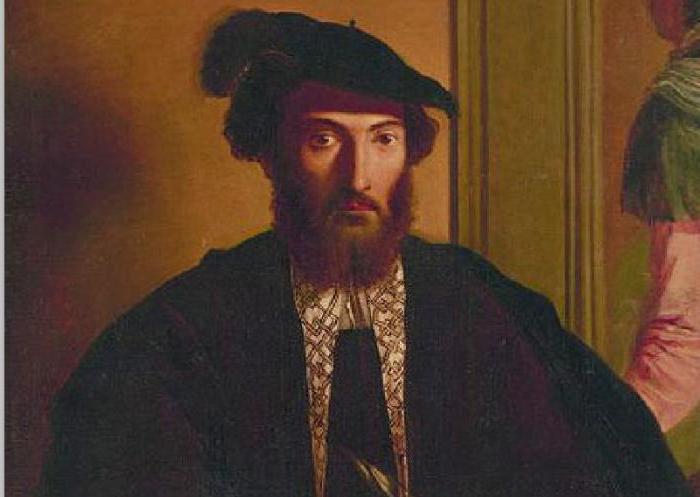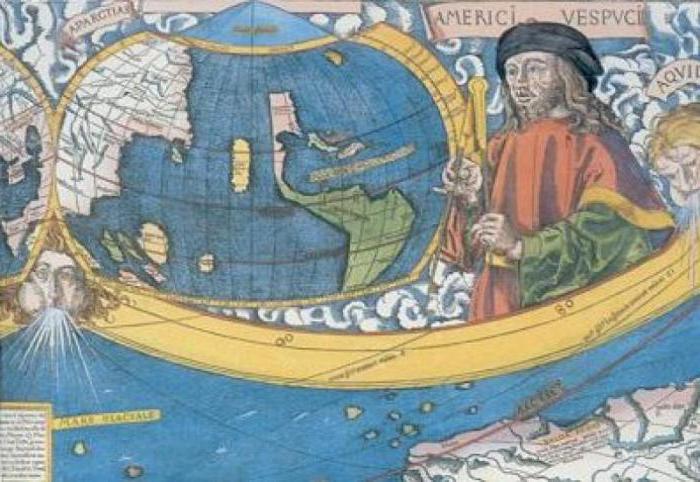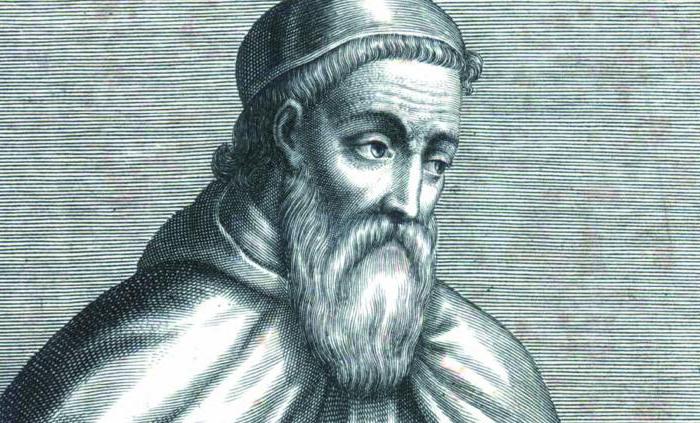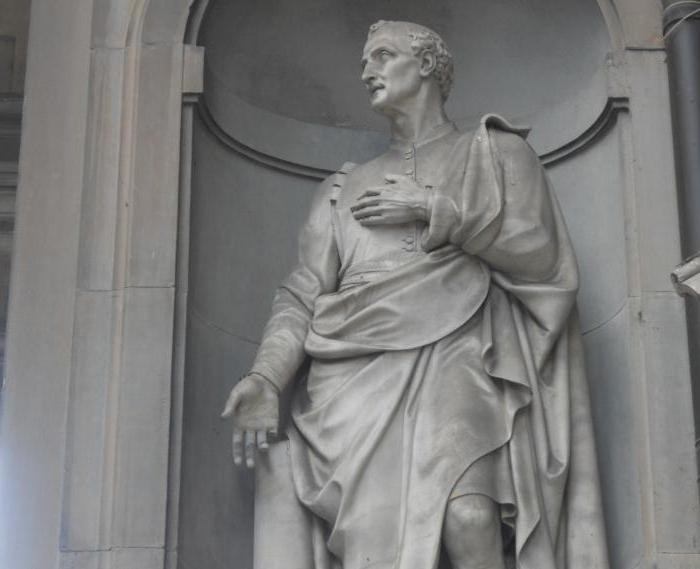We all know that the discoverer of America is Christopher Columbus, but then why was she named after Amerigo Vespucci? A brief biography of this famous navigator and researcher will help us clarify the essence of the matter. And although Columbus was the first to visit the American continent, it was Vespucci who declared to the whole world that the newly discovered lands are the mainland.
Origin
The birthplace of Amerigo Vespucci is Florence, where he was born on March 9, 1454. His father, who worked as a notary, made sure that his son received proper education. Little Amerigo studied at home and mainly learned the humanities. Also under the guidance of his uncle, he studied Latin, geography, and seaworthy astronomy. In his youth he entered the University of Pisa, and from 1478 he began to work. Amerigo Vespucci, whose brief biography does not consist of voyages and discoveries alone, first served as secretary of his other uncle, who served as ambassador to Florence in Paris. Later, the famous navigator worked for a long time in the financial sector.

In 1490, he moved to Spain and continued to work. Here he is engaged in the preparation of sea expeditions, simultaneously studying everything related to ships, and also mastering navigation. In 1492, he transferred to naval service directly in Spain. Over the next few years, he continues to prepare for sea voyages, but this time he equips the expeditions of Christopher Columbus himself, with whom, incidentally, they were friends.
The first expedition (1499-1500 gg.)
In 1499, Amerigo Vespucci himself joined the expedition of navigator Alonso Ojeda to the South Atlantic. What he discovered during this journey, read about it further. Vespucci personally finances the equipment of two ships, which he will subsequently command, and sets sail as a navigator. In the summer of the same year, an expedition consisting of three ships approached the northern coast of South America, after which Amerigo Vespucci sent his ships in a southeast direction. On July 2, he managed to discover the Amazon Delta. The researcher penetrated 100 km inland, using boats, and then returned and continued to sail to the southeast.

Then Amerigo Vespucci explored about 1,200 km of the northern coast of the continent, after which he sent his ships in the opposite direction and by August overtook the ship of Alons Ojeda at approximately 66th meridian of west longitude. Together, sailors continued heading west and mapped more than one and a half thousand kilometers of the coast of South America. They also discovered several peninsulas, islands, bays and lagoons. In the fall, Vespucci and Ojeda separated again, after which the first continued to study the coast of the mainland, sailing 300 km in a south-westerly direction. He returned to Europe in June 1500.
The second expedition (1501–1502)
In 1501, the navigator Amerigo Vespucci was invited by the king of Portugal to serve as an astronomer, navigator, and historiographer. In the same year, another expedition was organized, led by Gonçalo Coelho. Three ships left Europe in mid-August and headed for the east coast of South America.
Further, the sailors continued to head south, repeating the route of the Spaniard Bortolome Roldana, who sailed here in 1500. On January 1, 1502 they discovered the bay of Rio de Janeiro (now Guanabara) and, intending to find out its length, sailed 2,000 km along the coast, but could not find its edge. It was decided to turn the ships back, in addition, one of the three ships of the expedition became unusable, as a result of which the travelers burned it. The first ship arrived in Portugal in June of that year, and Vespucci and Coelho, who were on the second ship, returned only in September.
Third Expedition (1503–1504)
About a year later, Portugal organized a new expedition, in which Amerigo Vespucci also took part. A brief biography of the sailor must necessarily contain a description of this journey. Gonzalo Coelho was again appointed the head of the expedition, but this time six ships were equipped for sailing. In August 1503, sailors discovered the Ascension Island in the middle of the Atlantic Ocean , near which one ship subsequently sank, and three completely disappeared in an unknown direction. The remaining ships headed for South America and stopped at All Saints Bay, where, on the orders of Vespucci, a group of researchers landed on the coast, penetrating 250 km into the continent.

Here travelers stayed for as long as five months. In this place they built a fleet, after which, leaving 24 sailors on the mainland, the expedition set off on the return trip. Also, a consignment of valuable sandalwood logs found on newly discovered lands was loaded onto the ship. In June 1504, sailors returned to Spain. On this journey Amerigo Vespucci ended.
How and why America was named after Amerigo Vespucci
The famous traveler explored a sufficiently long stretch of the coast of South America to suggest that this land is precisely the continent. In a sense, it was Amerigo Vespucci who discovered America. In a letter sent to Florence in 1503, he outlined a detailed description of the lands he discovered, suggesting that they most likely had nothing to do with the Asian mainland, as they rushed quite far south. At the same time, he reports that these territories are inhabited, and also suggests designating the newly discovered continent by the New World.

In 1507, the cartographer Martin Waldszemuler was proposed to name the newly discovered mainland America - the name of the famous explorer Amerigo Vespucci. From this moment on, this name appears on all geographical maps and atlases. Although the navigator visited only South America, North is also named after Amerigo Vespucci. What did he really discover? You can learn more about this from his letters and diaries, it remains only to add that he himself was not inclined to talk much about his role in the discovery of the continent and in no way contributed to naming him in honor of himself.
The last years of the life of the navigator
In 1505, Vespucci again entered the service of the King of Spain, and not without the help of Christopher Columbus. He accepts citizenship of Castile and in 1508 he was appointed chief helm of the kingdom. He holds this position over the next several years, taking part in the equipment of new expeditions and dreaming of setting sail. But Amerigo Vespucci was not able to fulfill his plans. A brief biography of this man ends February 22, 1512 - on this day he died in Seville, where he lived in recent years.